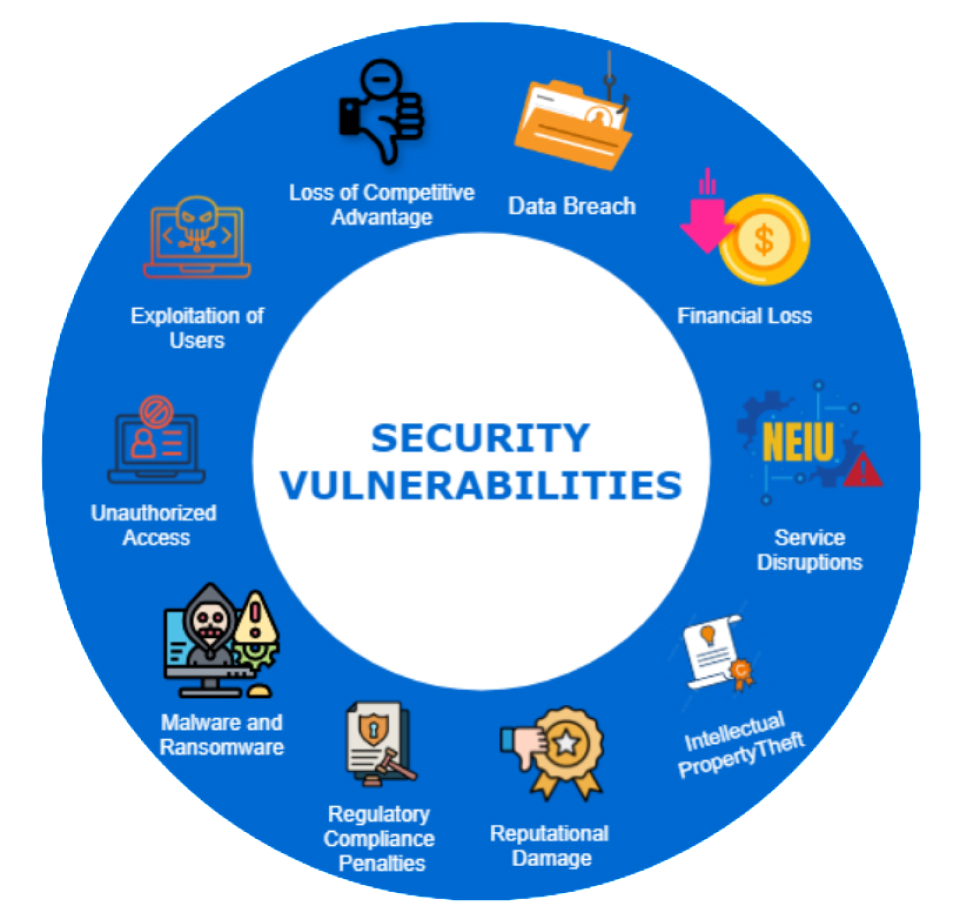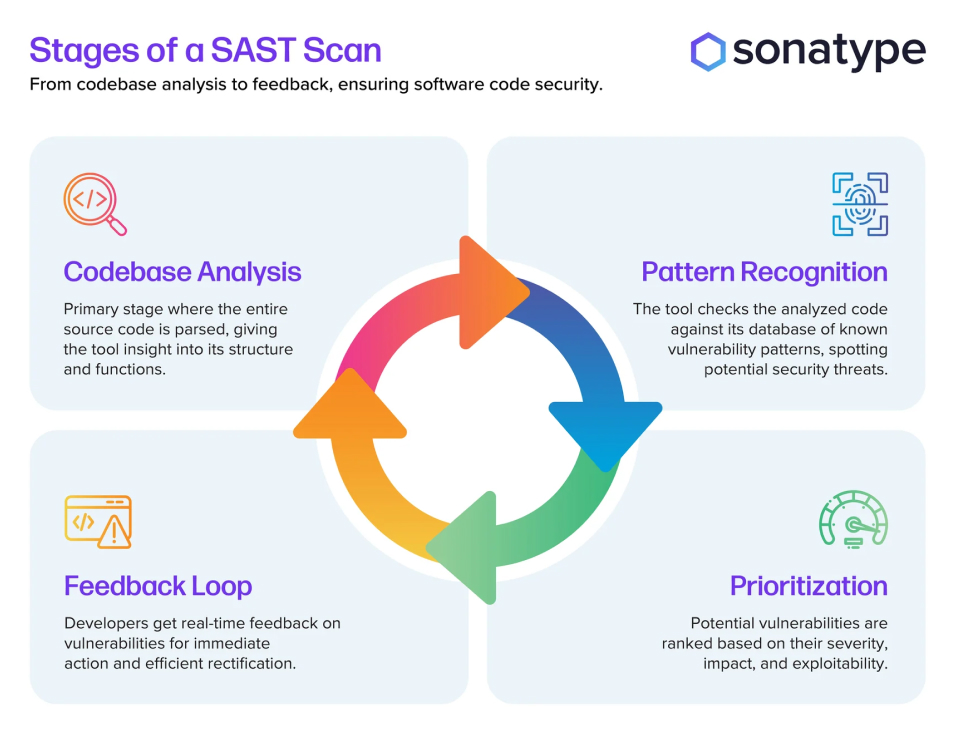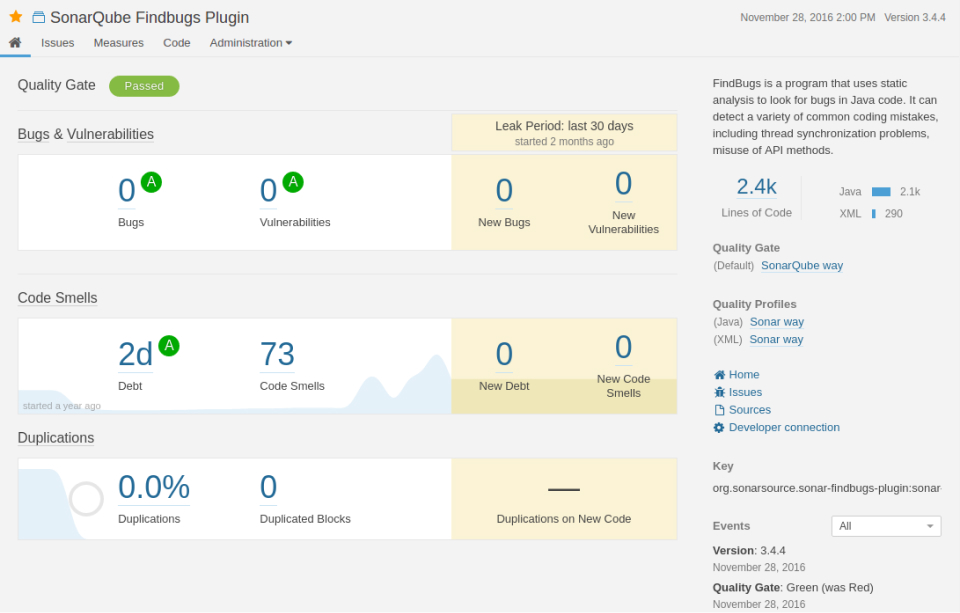SAST (Static Application Security Testing)
Security is one of the most important aspects of any application. However, ensuring application security has become a challenging task due to the increasing complexities of modern applications. For example, a minor security vulnerability can cause significant damage to your organization and users, such as data breaches, reputational damages, financial losses, etc.
Therefore, it is essential to take every necessary step to stay ahead of security threats. SAST is an excellent starting point for improving application security, as it scans your codebase for any vulnerabilities.
What is SAST?
SAST, widely known as static application security testing, is a white-box testing method that analyzes an application’s source or binary code without executing the program. It helps developers identify and address vulnerabilities such as SQL injection, cross-site scripting (XSS), and buffer overflows early in the software life cycle.
How SAST Works?
SAST works in a pretty straightforward way. We can divide it into five steps like below:
- Code parsing: First, SAST parses the source code to build an Abstract Syntax Tree (AST).
- Pattern matching: Second, SAST uses predefined rules and patterns to isolate known vulnerabilities.
- Data flow analysis: Then, it analyzes the flow of data within the application to identify injection vulnerabilities and data-related issues.
- Control flow analysis: SAST also covers the application’s control flow to detect any logical issues or security weaknesses that attackers could target.
- Reporting: Once the analysis is completed, the SAST tool generates a report that contains the detected vulnerabilities, severity, impact, and remediation steps.
Why Do We Need SAST Tools?
- Early Detection: SAST tools reduce costs significantly and increase efficiency as they discover and remediate defects/vulnerabilities early in the development cycle.
- Comprehensive Coverage: The SAST ensures your codebase has substantial coverage, which includes visible and hidden sections of the code, allowing you to discover most vulnerabilities.
- Developer Education: While SAST tools facilitate guided remediation and help derive detailed reports, they also enhance developer education and motivate secure coding practices.
- Regulatory Compliance: Assist organizations in complying with industry compliance and regulatory standards, ensuring penalties are avoided.
- Automated Security: Automating the security testing process has leveraged continuous and consonant security assessments, allowing the tools to discover vulnerabilities without human intervention.
What Are Popular SAST Standards?
SAST standards offer the best practices and guidelines to ensure code quality, security, and compliance with regulatory bodies in the industry. The most popular standards in use are:
- MISRA (Motor Industry Software Reliability Association) – Specializes in C and C++ coding.
- CERT (Computer Emergency Response Team) – Specializes in providing guidelines for securing coding practices.
- OWASP (Open Web Application Security Project) – Provides details on common security vulnerabilities.
What are Popular SAST Tools?
Here is a list of the most popular SAST tools in 2024 with their features.
1. SonarQube
SonarQube is primarily used for static code analysis and detailed reports. It also supports multiple programming languages and can be easily integrated with CI/CD tools. One huge benefit of SonarQube is its strong community support and a substantial plugin ecosystem.
2. Fortify SCA
Fortify SCA is used for deep code analysis as it has a huge vulnerability database and supports guided remediation. Fortify SCA can easily be integrated with CI/CD pipelines and IDEs.
3. Veracode Static Analysis
Veracode Static Analysis is a cloud-based and supported tool for real-time vulnerability detection. It supports integration with CI/CD pipelines and many compliance regulatory standards.
4. Coverity
Coverity is used for advanced static code analysis and detailed reports across multiple programming languages. It is well-known for high accuracy and lower false-positive rates.
5. AppScan
AppScan provides cloud and on-premise solutions and consists of static code analysis and dynamic code analysis capabilities. It also supports detailed reporting and risk management features.
Things to Consider When Selecting a SAST Tool
- Language support: Ensuring the tool supports multiple programming languages is beneficial.
- Integration: One of the most important factors is verifying the tool’s compatibility with your development and CI/CD tools.
- Scalability: Another very important factor is to ensure the tool can scale with the project’s size and complexity.
- Customization: The ability to customize the rules and policies to comply with your security requirements is another important aspect in selecting the right tool.
- Easily operated: Ensuring the tool interfaces and reporting are friendly will help your team to self-learn and use the tool effectively.
- Cost: This can be classified as the most important factor as it helps to validate if the tool is worthy of the features it provides for the price you pay.
Conclusion
Software vulnerabilities could cause significant damage to your organization, its partners, stakeholders, and customers. Hence, implementing a robust security mechanism like SAST has become pivotal to eradicating potential threats. SAST Scans comprise multiple stages, helping uncover potential threats in each stage.
In a nutshell, SAST is a vital component that should be employed in development teams to ensure troublesome vulnerabilities are excluded.
I hope you find this article helpful. Thank you for reading.






